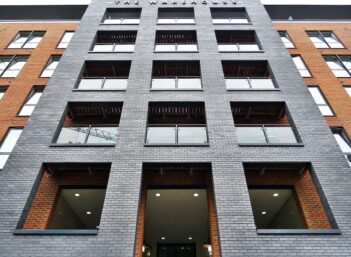What Is a Construction Loan?
Sometimes referred to as a “self build loan,” a construction loan is a loan that is used to finance the construction of a new home or some other type of real estate project. The loan is made to the homebuyer, builder, or developer on a short-term basis to cover the total cost of the construction. Once construction is completed, long-term financing such as a mortgage will replace the construction loan.
How Does a Construction Loan Work?
As with a mortgage, lenders require a minimum down payment of 20% or more. The most challenging factor for the lender in underwriting a construction loan is the absence of collateral, because the home or building has not yet been built. During the application and underwriting process, the borrower will provide the lender with a list of construction details and requirements, known as a “Blue Book.” The borrower must also provide the lender with sufficient proof that the selected builder is a qualified builder.
Once the loan is approved, the term is set, typically one year, and the drawdown schedule is approved. Lenders view construction loans as riskier than a mortgage, because of the lack of collateral, and therefore they usually charge a higher interest rate than they would for a long-term mortgage.
Construction loans can be structured in different ways. Lenders may make disbursements directly to the builder or to the borrower. Disbursements may be conditional on completion of project stages. Some construction loans may be set up as interest only, requiring the borrower to make interest payments during the one year term. Some loans require that the full amount, interest and principal, be paid when the project is completed.
Construction Loan vs. Mortgage
The major difference between a mortgage and a construction loan is the term.
A construction loan is short term, typically no more than one year, and is designed to finance the construction of the house or building. Once construction is completed, a mortgage can be used to pay off the construction loan.
The mortgage is usually longer term, 15 years or more, and is secured by the collateral of the property and the building.




